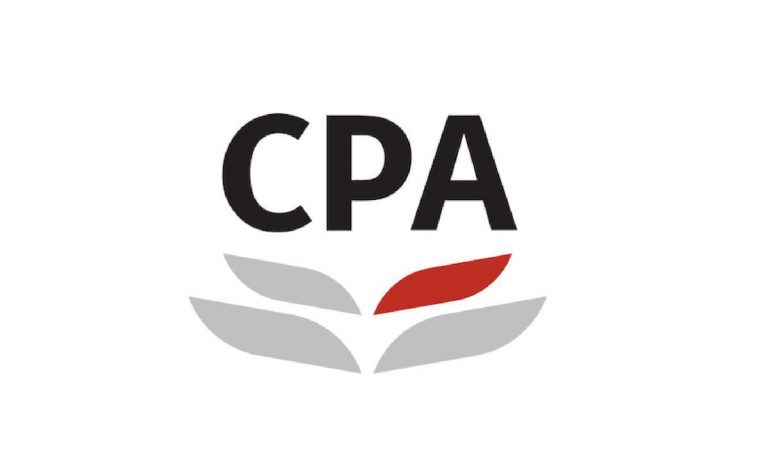nternational Financial Reporting Standard (IFRS) 9 Financial Instruments replaced International Accounting Standard 39 Financial Instruments: Recognition and Measurement to improve the accounting for financial instruments. One of the improvements is the introduction of a single classification and measurement approach for financial assets that reflects the entity’s business model and the instrument’s contractual cash flow characteristics.
In January, the Institute’s Standard Setting Department responded to the International Accounting Standards Board’s (IASB) Request for Information (RFI) on IFRS 9, which sought feedback from stakeholders on the classification and measurement requirements in IFRS 9, including the related disclosure requirements. The IASB will use the feedback received from the RFI to determine whether any further action is required.
This article summarizes specific areas of our response to the RFI. The full response is available on our website.
In general, we welcome the improvements to the classification and measurement requirements introduced by IFRS 9 and consider most of the requirements to be working as intended. However, we have highlighted significant concerns on the following areas to the IASB.
Modifications to contractual cash flows
We have significant concerns regarding the modification requirements in IFRS9. We consider that they are not working as intended to create consistency in accounting. In particular, IFRS 9 is not clear as to what constitutes a modification in financial instruments, i.e. whether it refers to changes in contractual terms of the financial instruments, or changes in contractual cash flows. In addition, IFRS 9 is not sufficiently clear on when and how to apply the modification requirements, for example, whether a qualitative test could (or should) be applied in addition to the quantitative test in IFRS 9.B3.3.6 (i.e. the 10 percent test for financial liabilities) and whether this test could be applied by analogy to financial assets. We also believe that the concept of a substantial modification should be included in the derecognition criteria for financial assets.
We consider this to be an important and urgent issue that the IASB should address expeditiously, given the increasing number of debt restructurings as a result of the COVID-19 pandemic and the interest rate benchmark reform. We also note that the related issues are broad in scope, and cover both the conceptual rationale for and the practical application of the existing modification requirements in IFRS 9. In this regard, we strongly recommend that the IASB carry out a fundamental review of the modification requirements in IFRS 9 in a separate project to address this matter holistically.
Amortized cost and the effective interest method
We noted several issues on the application of the effective interest method and recommend that the IASB provide guidance on how the relevant requirements in IFRS 9 should be applied to enhance consistent application. These issues include:
- How future cash flows that are subject to conditions or contingent events should be determined;
- What constitutes a floating-rate instrument and under which circumstances should IFRS 9.5.4.3, IFRS 9.B5.4.5, or IFRS 9.B5.4.6 apply;
- Whether the estimate of expected cash flows should be based on the most likely scenario or be a probability weighted average; and
- How the effective interest rate for interest-free related party loans and trade receivables without significant financing components should be determined.
Sustainability-linked financial instruments
We observed that financial instruments with sustainability-linked features are becoming prevalent in Hong Kong and Mainland China, and there are different views on how the solely payments of principal and interest (SPPI) test should be applied to these instruments. Judgement is required in performing the assessment and this has led to different outcomes for similar transactions.
Some respondents also noted that entities often hold financial instruments with sustainability-linked features to collect contractual cash flows. They considered that measuring these instruments at fair value through profit or loss would not align with how entities manage their financial assets and thus fail to provide useful information to users of financial statements.
We recommend that the IASB carry out standard-setting activities on this area, including clarifying how the SPPI test should be applied to sustainability-linked financial instruments, considering whether the accounting outcomes would be appropriate, and working closely with the International Sustainability Standards Board on setting useful and relevant disclosure requirements about these financial instruments.
We are currently seeking comments on several consultation papers. Visit our website and share your feedback with us so that we can help steer the development of accounting standards.
This article was contributed by Carmen Ho and Joni Kan CPA, Associate Directors of the Institute’s Standard Setting Department. Visit our “What’s new” webpage for our latest publications, and follow us on LinkedIn for upcoming activities.















